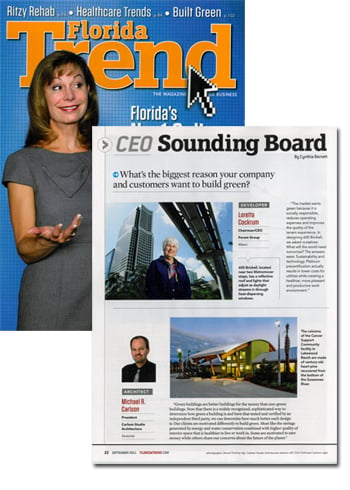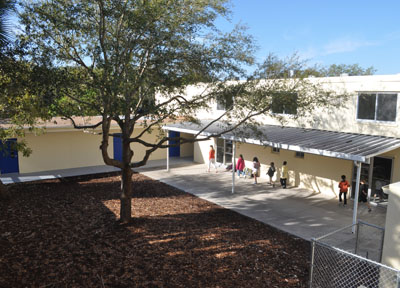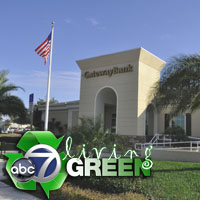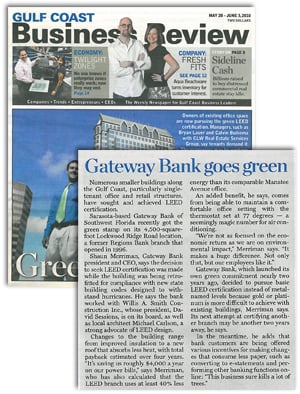In the current issue of the Gulfcoast Business Review, Carlson Studio's Gateway Bank renovation is featured as one of the 1st LEED certified banks in Florida. Gateway Bank goes greenby Carl Cronan, Tampa Bay Editor
Gulfcoast Business Review Numerous smaller buildings along the Gulf Coast, particularly single-tenant office and retail structures, have sought and achieved LEED certification. Sarasota-based Gateway Bank of Southwest Florida recently got the green stamp on its 4,500-square-foot Lockwood Ridge Road location, a former Regions Bank branch that opened in 1996. Shaun Merriman, Gateway Bank president and CEO, says the decision to seek LEED certification was made while the building was being retrofitted for compliance with new state building codes designed to withstand hurricanes. He says the bank worked with Willis A. Smith Construction Inc., whose president, David Sessions, is on its board, as well as local architect Michael Carlson, a strong advocate of LEED design. Changes to the building range from improved insulation to a new roof that absorbs less heat, with total payback estimated over four years. "It's saving us roughly $4,000 a year on our power bills," says Merriman, who has also calculated that the LEED branch uses at least 40% less energy than its comparable Manatee Avenue office. An added benefit, he says, comes from being able to maintain a comfortable office setting with the thermostat set at 77 degrees - a seemingly magic number for air conditioning. "We're not as focused on the economic return as we are on environmental impact," Merriman says. "It makes a huge difference. Not only that, but our employees like it." Gateway Bank, which launched its own green commitment nearly two years ago, decided to pursue basic LEED certification instead of metal-named levels because gold or platinum is more difficult to achieve with existing buildings, Merriman says. Its next attempt at certifying another branch may be another two years away, he says. In the meantime, he adds that bank customers are being offered various incentives for making changes that consume less paper, such as converting to e-statements and performing other banking functions online: "This business sure kills a lot of trees." Read the rest of the arcticle www.gatewaybank.com
| 



